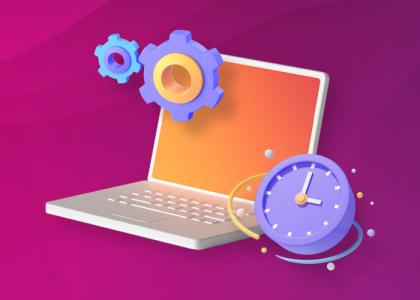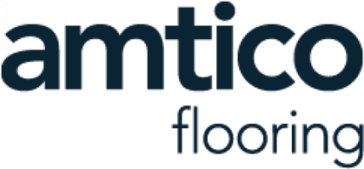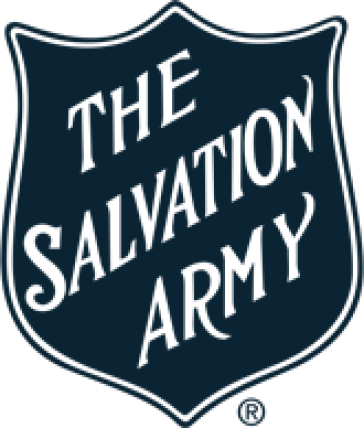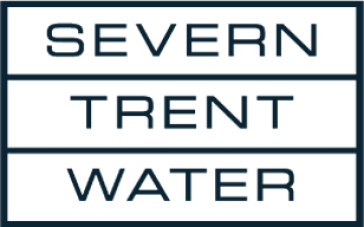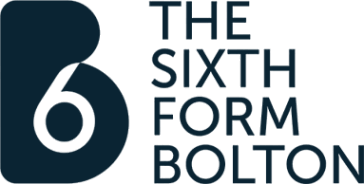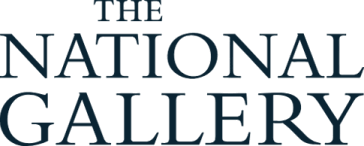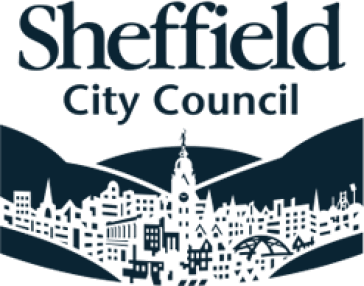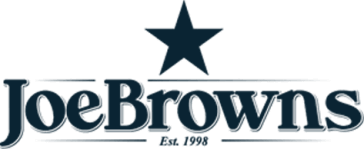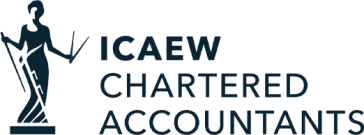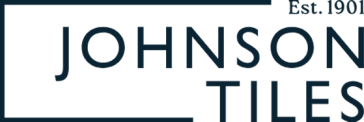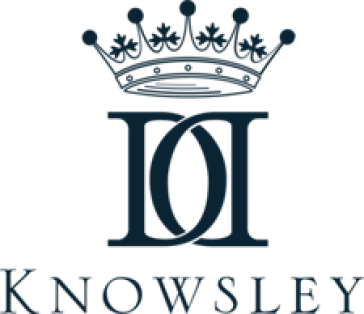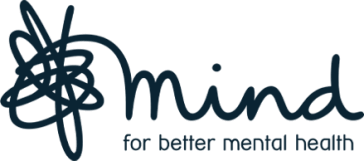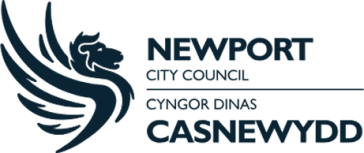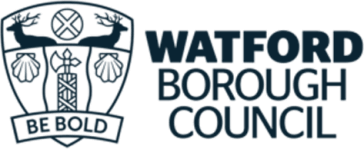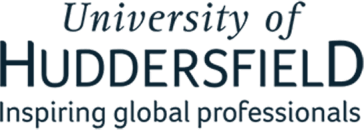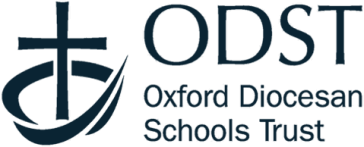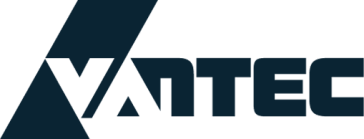What is workforce management?
Workforce management (also known as WFM) covers many processes, but critically It comes down to ensuring we have the right people in the right place at the right time to reduce risks and maximise productivity. It revolves around the ways employers allocate people and resources, manage attendance and comply with workplace laws.
The simple act of getting your employees to clock in, for instance, is an example of workforce management.
Workforce management is most critical for organisations that rely on shift work or people working off-site (such as in retail or construction) but it's also a valuable tool for variety of businesses.
This guide contains all the information you need to figure out what workforce management may look like in your organisation. We’ll show you how to manage a remote workforce, as well as show you the most effective workforce management tools.
Why is workforce management important?
There are a huge range of benefits to successful workforce management. Every organisation is unique, and will need a different approach, but there are some key benefits that can apply to any industry.
Jeanette Wheeler, Chief HR Officer from MHR says “Workforce management can never rely on a one-size-fits-all approach, because every workforce faces unique challenges. However, by following good practice and keeping a consistent approach, There are many benefits that you could take advantage of that will provide a return on investment for many years to come.”
Increase and maintain efficiency
Simply put, having the right people in the right place means you minimise wasted time, energy and money. Employees won’t spend their time working on tasks that aren’t necessary, and they won’t be given shifts that aren’t needed. You’ll also see a boost to customer satisfaction, as managed employees will be able to assist them much faster.
Reduce costs
Without workforce management, you could be facing overstaffing or costly overtime payments. These costs quickly add up and can eat into your carefully managed budgets. With advanced workforce management, you can avoid this entirely. You can even see how your budget is impacted by your scheduling.
Retain employees
Employees that feel their time is being well-used will be a lot more engaged. Transparency leads to increased motivation, which in turn leads to improved efficiency.
You'll also find that employees are a lot less stressed thanks to a reduction in unnecessary administrative work. They'll know well in advance when they need to be in, what they need to be doing and when.
Streamline processes
The most valuable asset (and the greatest cost) to your business is your employee’s time. It accounts for 70% of all expenses in any given business. Wasting time on outdated, sluggish processes means you’re effectively throwing money away.
By using workforce management, you can reduce time spent planning and focus on time spent working.
Forecast accurately
True agility comes when you can account for future trends, even when there may be uncertainty on the horizon. Workforce management can give you the tools you need to analyse both past and present trends, giving insights into future trends that could factor into your budget.
By tracking and sorting information captured through workforce management, you’ll also find it a lot easier to stay on top of compliance measures.
Future-proof your business
All of the above gives your business extra resilience. You won’t face crippling operational issues if key workers are off sick, and you won’t be wasting money trying to solve last-minute staffing crises. Budgets will account for any potential future risks, and so your workforce will be able to flex around difficult times.
What are workforce management tools?
There are a number of different software packages on the market, but the following features are what most workforce management tools should include.
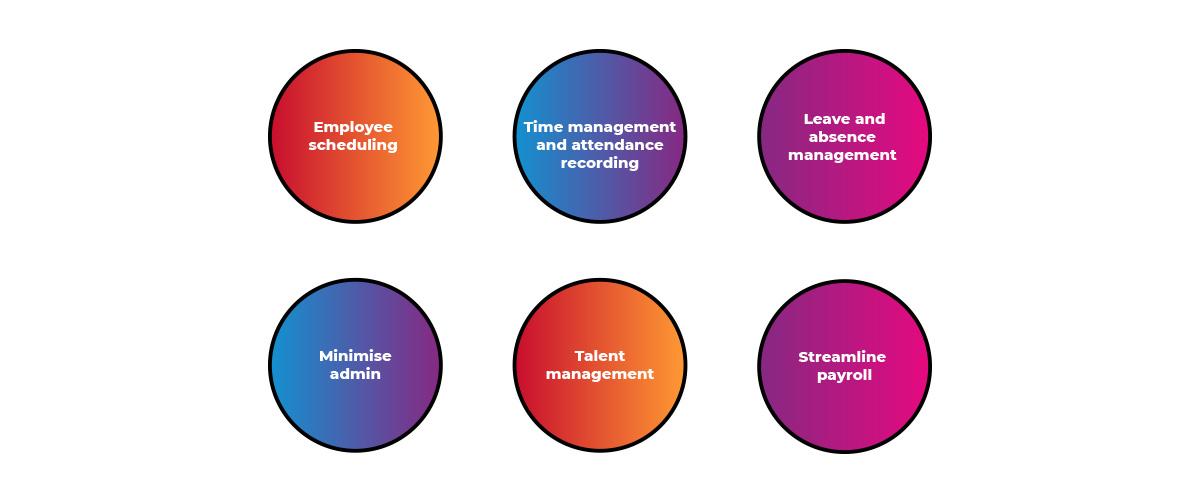
Employee scheduling
Tracking employee hours is one of the most critical parts of workforce management, and in an era with hybrid working to consider on top of remote work, it's become more important than ever. Scheduling systems
Time management and attendance recording
It’s not just about tracking who is where and when. You’ll also need a way to measure who’s using overtime excessively, so that workloads can be adjusted. This can even help inform your recruitment strategy.
Leave and absence management
Self-service systems can help each employee understand their annual entitlement, and book time off without having to jump through hoops. Likewise, you can more easily identify problem areas where a lot of sick leave is being taken and adjust as needed.
Minimise admin
An important thing to consider is that workforce management is part of HR. The process is supposed to help your HR team reduce their admin load. But without a workforce management tool, you might be overloading them with more paperwork. A WFM system can automate a lot of busywork.
Talent management
Talent management accounts for the many ways a company brings new employees into the fold and keeps them engaged with the broader company. This is where offering training and development opportunities is key.
Streamline payroll
When you have employees in different departments working in different ways and in different locations, payroll can quickly balloon to an unmanageable and stressful process. With good WFM practice, you can make sure all of this is streamlined.
What is contingent workforce management?
Contingent workers is a term that covers a range of non-permanent employees. Agency contract labour and temporary staff are the classic examples, but it also includes independent contractors and gig workers.
Naturally, this kind of workforce gives you a huge amount of flexibility as you’re able to scale things up and down as you need them. But this also means you must account for several extra considerations, including variable contracts and agency fees.
Managed services can help you get on top of contingent workforce management, as can ensuring you have a robust onboarding system that gets temporary workers up to speed as fast as possible.
What is mobile workforce management?
Mobile workforce management (MWM) is a term that covers the unique terms and processes your mobile workforce needs to do their jobs. This covers employees who are regularly required to head out of office to work (such as consultants or builders) but these days it also accounts for remote workers.
Remote workforce management is heavily reliant on knowing who’s doing what and where, as well as ensuring that everyone has a consistent experience. This is another place where a centralised HR platform can help massively.
Develop a successful workforce management strategy with MHR
MHR has decades of experience when it comes to helping organisations unleash the potential of their WFM strategies. People First can provide a unified platform for workforce management that accesses a single source of data. That means no matter what shape your organisation takes.
